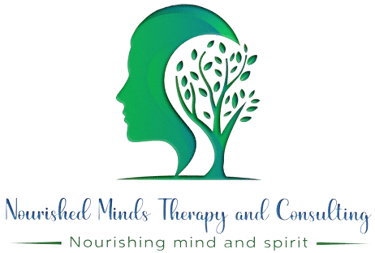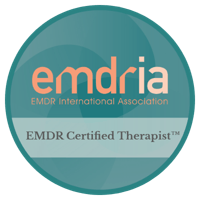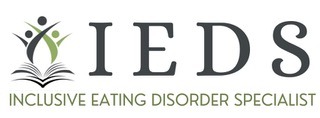

The Drama Triangle, a concept developed by Dr. Stephen Karpman in the 1960s, is a social model of human interaction that highlights the destructive and dysfunctional patterns people often fall into during conflict. It is also referred to as the Trauma Triangle or Victim Triangle. This psychological model identifies three roles individuals might play: the Victim, the Rescuer, and the Persecutor. Understanding the Drama Triangle and where you and those you interact with may fall in it can help you finally breaking free from common unhealthy, frustrating dynamics in your relationships. As you read this blog post, I encourage you to consider the ways in which you may play out different roles in the triangle at different times, rather than merely consider the ways in which others create drama. Afterall, ultimately, the only person we have the power to change is ourselves, and we probably haven't been our "best selves" in all situations at all times. Here’s an in-depth look at the Drama Triangle and steps to escape it.
The Three Roles in the Drama Triangle
The Victim:
Mindset: The Victim feels powerless, helpless, and oppressed. They often believe they are at the mercy of life’s circumstances and that they lack control.
Behavior: Victims may seek sympathy and validation from others, avoid taking responsibility for their actions, and feel incapable of solving their problems.
The Rescuer:
Mindset: The Rescuer feels compelled to help others, often to the point of neglecting their own needs. They derive a sense of purpose and identity from being needed.
Behavior: Rescuers intervene in others’ problems, often without being asked, and may feel resentment when their efforts are unappreciated or unsuccessful.
The Persecutor:
Mindset: The Persecutor believes they are justified in blaming and criticizing others. They often feel superior and use control and domination to assert their power.
Behavior: Persecutors may be critical, punitive, and controlling, often using intimidation or aggression to manipulate situations.
Recognizing the Dynamics
The Drama Triangle often starts with one person adopting the Victim role, which then prompts someone else to step in as the Rescuer. Over time, frustration and resentment can build, causing either the Victim or Rescuer to shift into the Persecutor role. This creates a cycle of blame, dependency, and conflict that perpetuates the dysfunctional interaction.
Breaking Free from the Drama Triangle
Breaking free from the Drama Triangle involves recognizing your role, understanding the underlying motivations, and adopting healthier ways of interacting. Here are specific steps to help you escape these dynamics:
Self-Awareness:
Identify Your Role: Reflect on recent conflicts and identify which role you typically assume. Do you often feel helpless, compelled to fix others' problems, or justified in blaming others?
Understand Motivations: Consider why you adopt this role. Are you seeking validation, control, or a sense of purpose?
Shift Your Perspective:
Victim to Creator: Shift from feeling powerless to taking responsibility for your actions. Focus on what you can control and take proactive steps to solve your problems.
Rescuer to Coach: Instead of fixing others’ problems, support them in finding their own solutions. Offer guidance and encouragement without taking over.
Persecutor to Challenger: Replace blame and criticism with constructive feedback. Challenge others to grow while maintaining respect and empathy.
Set Healthy Boundaries:
For Victims: Learn to say no and ask for help when needed. Recognize that it’s okay to have limits and prioritize self-care.
For Rescuers: Practice letting go and allowing others to face the consequences of their actions. Focus on your own needs and well-being.
For Persecutors: Develop empathy and practice active listening. Aim to understand others’ perspectives and collaborate on solutions.
Build Empowering Relationships:
Communicate Effectively: Use “I” statements to express your feelings and needs without blaming others. For example, “I feel overwhelmed when I take on too many responsibilities. I need some help managing this project.”
Encourage Autonomy: Foster independence in your relationships by encouraging others to take responsibility for their actions and decisions.
Seek Professional Help:
Therapy or Coaching: If you find it challenging to break free from the Drama Triangle, consider seeking help from a therapist or coach. They can provide tools and strategies to develop healthier interaction patterns. Nourished Minds Therapy offers several therapeutic approaches to help individuals improve their interpersonal relationships and wellbeing.
The Drama Triangle can trap individuals and relationships in a cycle of conflict and dysfunction. By understanding the roles of Victim, Rescuer, and Persecutor, and taking conscious steps to adopt healthier dynamics, you can finally release yourself from these patterns and experience more empowering, balanced relationships.






